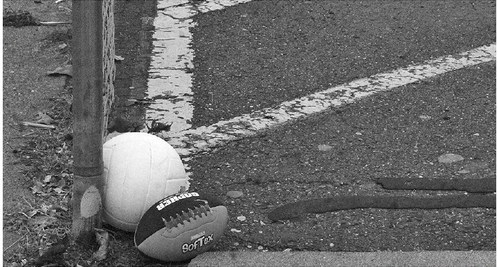This could be a bad year for spongy moth
The next two months, could bring the worst spongy moth caterpillar outbreak, in more than a decade.
Invasive spongy moth caterpillars, formerly known as gypsy moth, strip trees of their leaves, potentially killing high-value trees. They prefer to feed on oak, birch, crabapple, aspen and willow leaves, but will also feed on many other tree and shrub species.
Southern Wisconsin and parts of the north, are already in a highpopulation outbreak, that is predicted to continue and spread.
“Populations have remained high, due to a low incidence of caterpillar-killing diseases last summer,” said Bill McNee, DNR forest health specialist. “In addition, weather conditions are favorable for the caterpillars and unfavorable for Entomophaga maimaiga, a fungus that kills spongy moth caterpillars.”
Property owners are encouraged to examine their trees and take action, specifically with management options for the caterpillars, which include using burlap collection bands, physically destroying caterpillars and applying insecticide, to protect trees and reduce nuisance caterpillar numbers.
Burlap collection bands are a non-pesticide option to help reduce populations when checked daily, while large caterpillars are present. Insecticide treatments can be a suitable option for highvalue host trees, but are usually not practical for woodlots. Insecticide treatments are most effective when the caterpillars are small.
Water yard trees weekly, during dry periods, to help reduce tree stress and aid a tree’s recovery from heavy leaf loss by the caterpillars. Wait to cut down any trees that have lost their leaves. Healthy hardwood trees usually produce a new set of leaves a few weeks later.
Forest management may need to be postponed in forest stands with expansive leaf loss. Trees will be stressed from heavy leaf loss and often unable to handle the additional stress from forest thinning.
Those who find spongy moth caterpillars should avoid touching them, as the hairs often cause a skin rash, welt or other irritation. Rubbing alcohol can help to remove the hairs and chemical irritants from skin that is exposed to the hairs.




